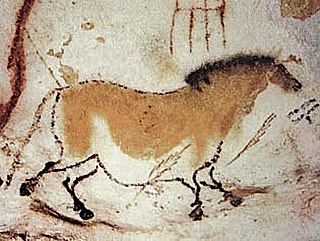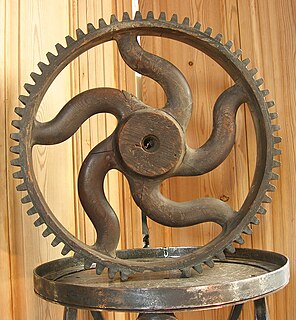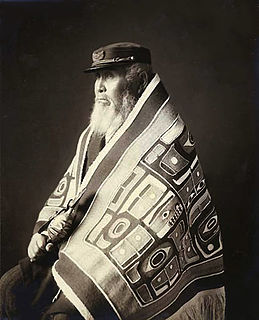
Richard Diebenkorn was an American painter and printmaker. His early work is associated with abstract expressionism and the Bay Area Figurative Movement of the 1950s and 1960s. In the late 1960s he began his extensive series of geometric, lyrical abstract paintings. Known as the Ocean Park paintings, these paintings were instrumental to his achievement of worldwide acclaim.

The Oakland Museum of California or OMCA is an interdisciplinary museum dedicated to the art, history, and natural science of California, located adjacent to Oak Street, 10th Street, and 11th Street in Oakland, California. The museum contains more than 1.8 million objects dedicated to "telling the extraordinary story of California." It was created in the mid-1960s out of the merger of three separate museums dating from the early 20th century, and was opened in 1969.
Aristides Burton Demetrios is an American sculptor.

The San Francisco Arts Commission (SFAC) is the official San Francisco County, USA arts council.
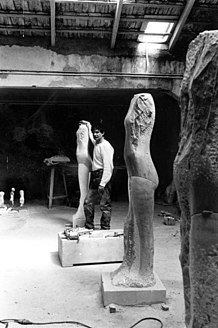
Manuel Neri is an American sculptor who is recognized for his life-size figurative sculptures in plaster, bronze, and marble. In Neri's work with the figure, he conveys an emotional inner state that is revealed through body language and gesture. Since 1965 his studio has been in Benicia, California; in 1981 he purchased a studio in Carrara, Italy, for working in marble. During the past four decades, Neri has worked primarily with the same model, Mary Julia Klimenko, creating drawings and sculptures that merge contemporary concerns with Modernist sculptural forms.

Robert Carston Arneson was an American sculptor and professor of ceramics in the Art department at UC Davis for nearly three decades.
Terry Fox was an American video, conceptual, sound, and performance artist.
David Kenneth Ireland was an American sculptor, conceptual artist and Minimalist architect.
Peter Forakis was an American artist known as an abstract geometric sculptor. The son of a Greek immigrant, he grew up on the Wyoming prairie until the age of 10 when his family moved to Oakland, California. Eventually they settled in Modesto, California. Forakis was in the Merchant Marines from 1945-50. He served in the US. Military in Korea and Japan from 1951-53. He earned his B.F.A. at the California School of Fine Arts in 1957.
J.B. Blunk (1926–2002) was a sculptor working primarily in wood and clay. In addition to his monumental pieces in wood and highly original work in ceramics, Blunk produced iconic works in diverse media including jewelry, furniture, painting, bronze, and stone.
John Rosenbaum, was an American physicist, educator and kinetic sculptor, associated with the San Francisco Renaissance and the counterculture of the 1960s.

Linda Fleming is an American sculpture and university professor. She is currently teaches at California College of the Arts (CCA). She lives and works in Benicia, California, as well as maintaining studios and homes in the Smoke Creek Desert in Nevada, and in Libre, Colorado.
Arthur Putnam was an American sculptor and animalier who was recognized for his bronze sculptures of wild animals. Some of his artworks are public monuments. He was a well-known figure, both statewide and nationally, during the time he lived in California. Putnam was regarded as an artistic genius in San Francisco and his life was chronicled in the San Francisco and East Bay newspapers. He won a Gold Medal at the 1915 San Francisco world's fair, officially known as the Panama-Pacific International Exposition, and was responsible for large sculptural works that stand in San Francisco and San Diego. Putnam exhibited at the Armory Show in 1913, and his works were also exhibited in New York, Philadelphia, Chicago, Paris, and Rome.
John Geldersma is known for his wooden sculptures of, what he calls, "contemporary tribalism".

Howard Edwin Hack was a San Francisco Bay Area representational painter and graphic artist with works in numerous museum collections. Known for an innovative approach to a variety of media, as well as use of traditional oil paints, Hack began working in the late 1940s.
Robert Boardman Howard (1896–1983), was a prominent American artist active in Northern California in the first half of the twentieth century. He is also known as Robert Howard, Robert B. Howard and Bob Howard. Howard was celebrated for his graphic art, watercolors, oils, and murals as well as his Art Deco bas-reliefs and his "Modernist" sculptures and mobiles.
Allison Smith is an American artist who is based in Oakland, California. Smith's work draws from American history to create artworks which combine social practice, performance, and craft-based sculpture.
John Zurier is an American abstract painter.
Richard Shaw is an American ceramicist and professor known for his trompe l'oeil style. A term often associated with paintings, referrig to the illusion that a two-dimensional surface is three-dimensional. In Shaw's work, it refers to his replication of everyday objects in porcelain. He then glazes these components and groups them in unexpected and even jarring combinations. Interested in how objects can reflect a person or identity, Shaw poses questions regarding the relationship between appearances and reality.
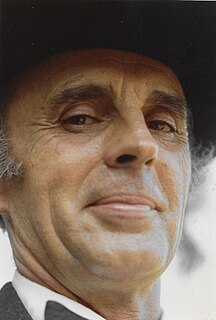
Byron Wilson was a mid-century American artist and educator, known for his jewelry design.

